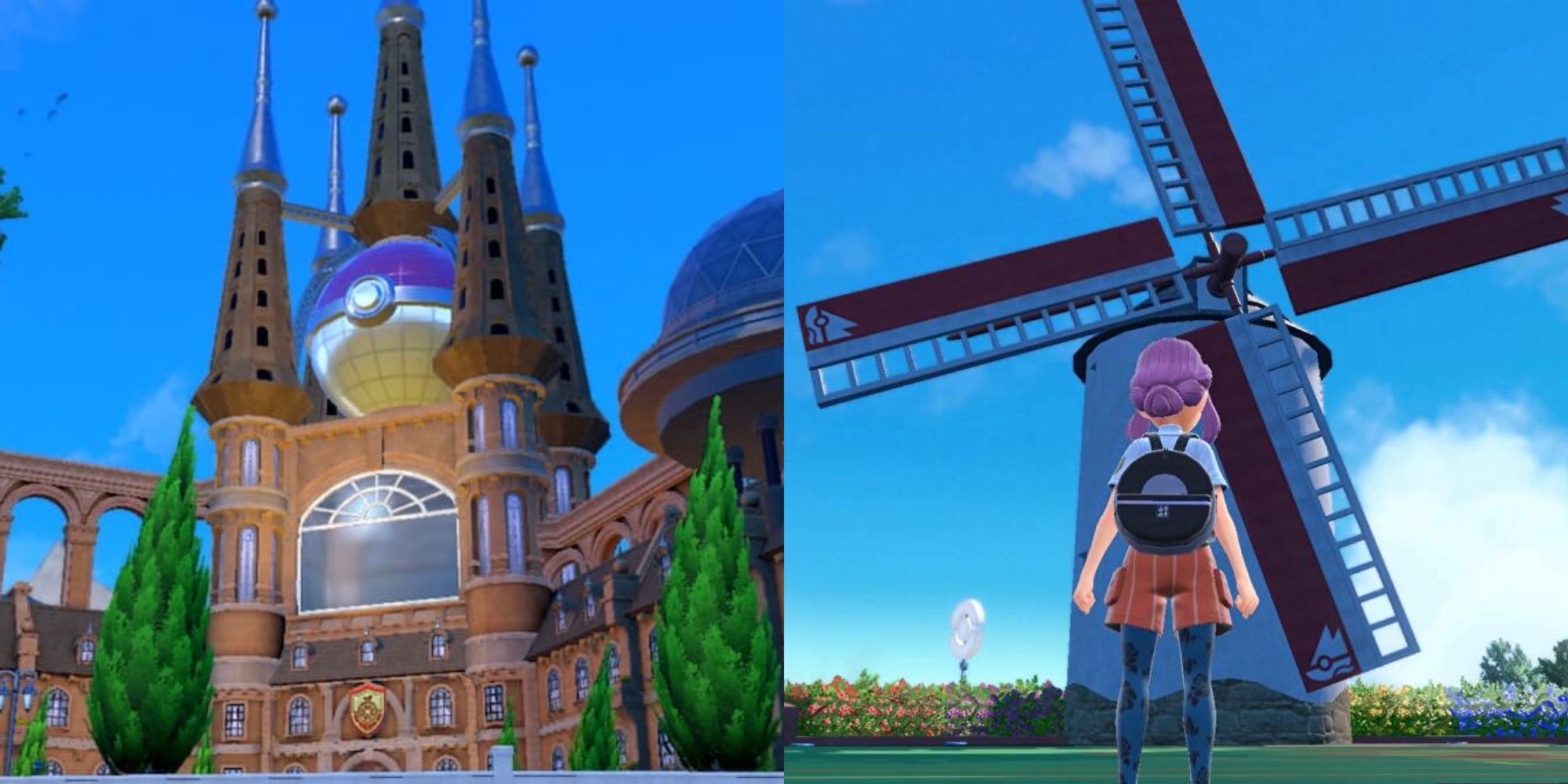Pokémon Scarlet & Violet are the first games in the long-awaited Generation 9. The revered franchise is back with a region inspired by the Iberian Peninsula, although Spain is the main source of inspiration. From city names to structures, clothing styles, and even dishes, Spain is Paldea's real-world homonym.
Logically, players familiar with Spain will notice the similarities immediately, especially regarding Paldea's visual references. Indeed, the games take some of the country's most famous and recognizable landmarks and locations and give them the Pokémon treatment, and eager finds might enjoy noticing all these clever references.
Mesagoza
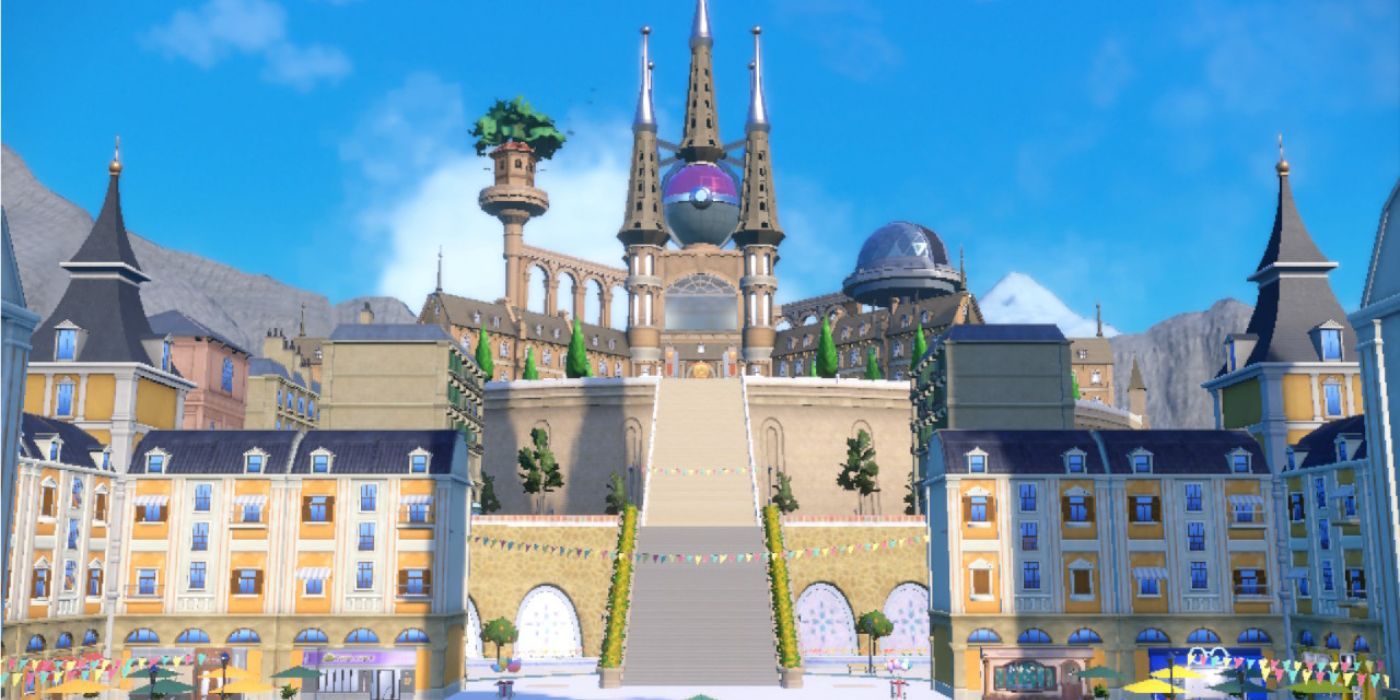
Mesagoza is the first major location players visit in Pokémon Scarlet & Violet. It's the largest city in Paldea and the home to the Pokémon Academy -- Naranha in Scarlet and Uva in Violet. Mesagoza is Paldea's response to Kalos' Lumiose and Galar's Wyndon: it's vast, fancy, and full of stores and corners to explore.
Although the name might suggest Zaragoza as the inspiration, Mesagoza is actually more reliant on Spain's capital, Madrid. Mesagoza's central square closely resembles the Plaza Mayor in Madrid. Its location within Paldea also recalls Madrid's location within Spain.
Naranja/Uva Academy
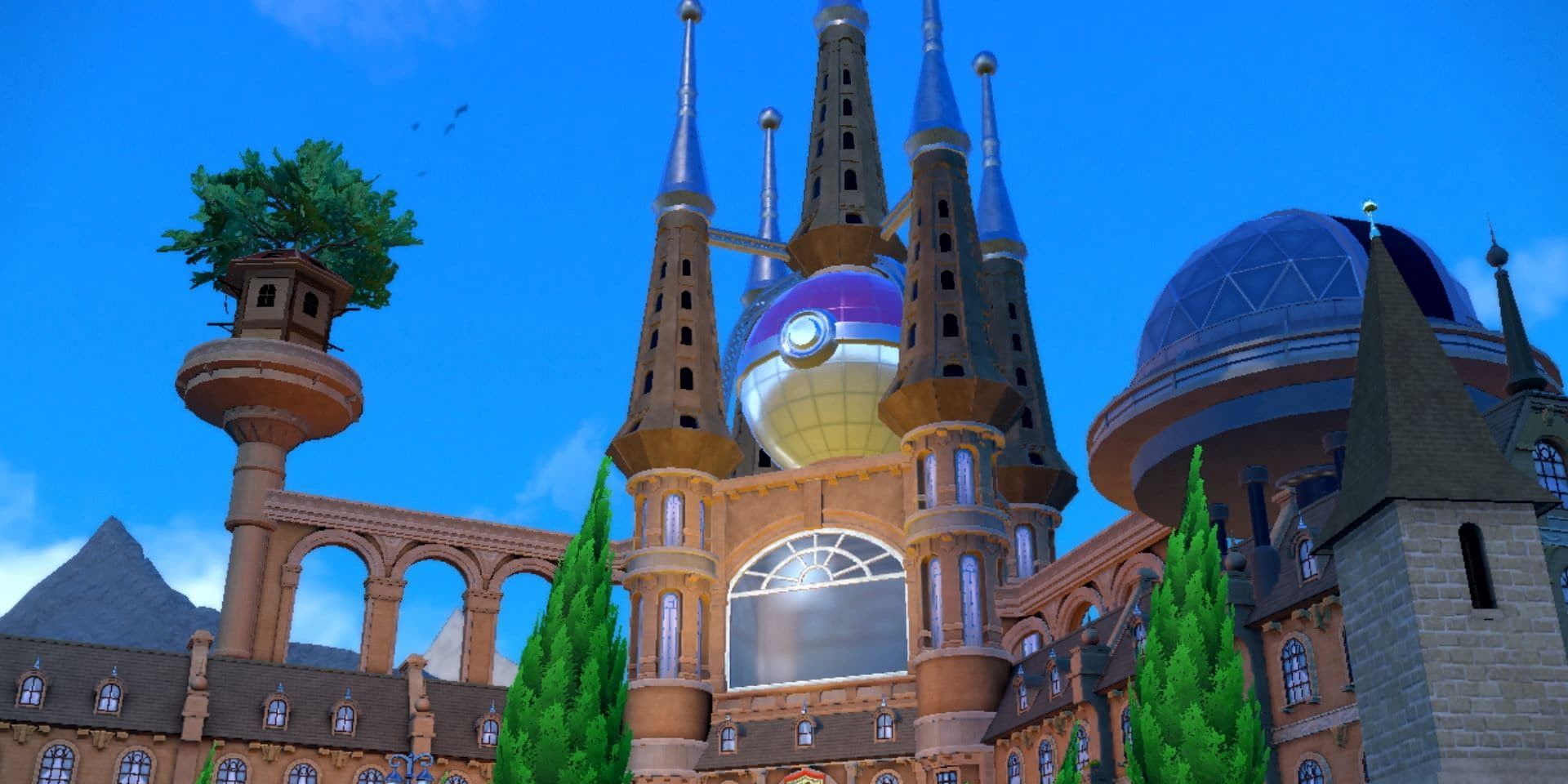
Visually, Mesagoza seems more inspired by Barcelona than Madrid. The best example is the Naranja/Uva Academy, the Pokémon world's response to the Sagrada Familia.
The franchise is no stranger to drawing inspiration from the real world -- many Pokémon are based on real weird events, and every region has an equivalent, from Japan to the UK. However, Pokémon Scarlet & Violet takes things to the next level by pretty much recreating the Sagrada Familia and adding a Pokéball. Like Lumiose Tower before it, Naranha/Uva Academy is a thinly-veiled reference that even non-fans of the franchise will understand.
West Province Windmill's
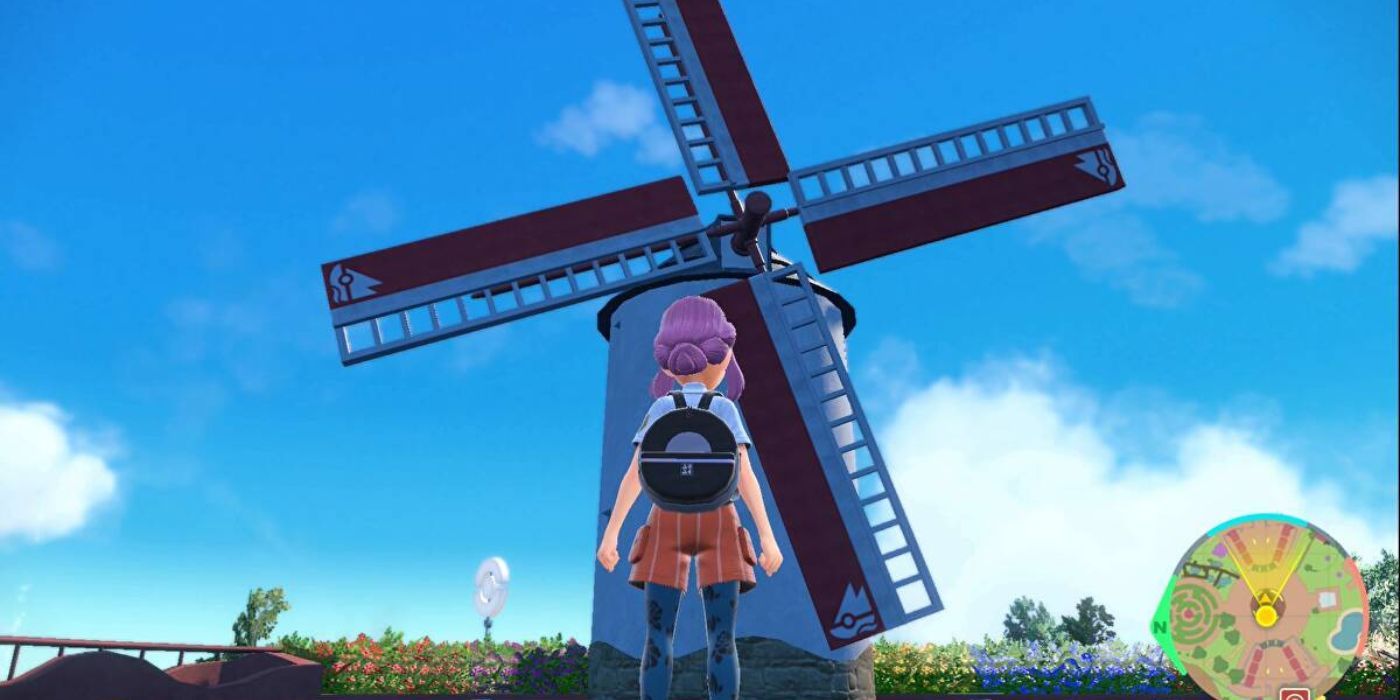
El Ingenioso Hidalgo Don Quijote de la Mancha is one of the most important works in literary history and a founding novel of Western literature. It plays a major role in Spanish culture, with the protagonist becoming synonymous with the nation.
Pokémon Scarlet & Violet references the novel by including several windmills that recall the real ones in the Spanish region of La Mancha. It's genuinely puzzling that there isn't either a Quixote or a windmill-inspired Pokémon in the games -- indeed, it's puzzling that there's no windmill Pokémon at all, but at least Paldea has several windmills to honor this prominent novel.
Zapapico
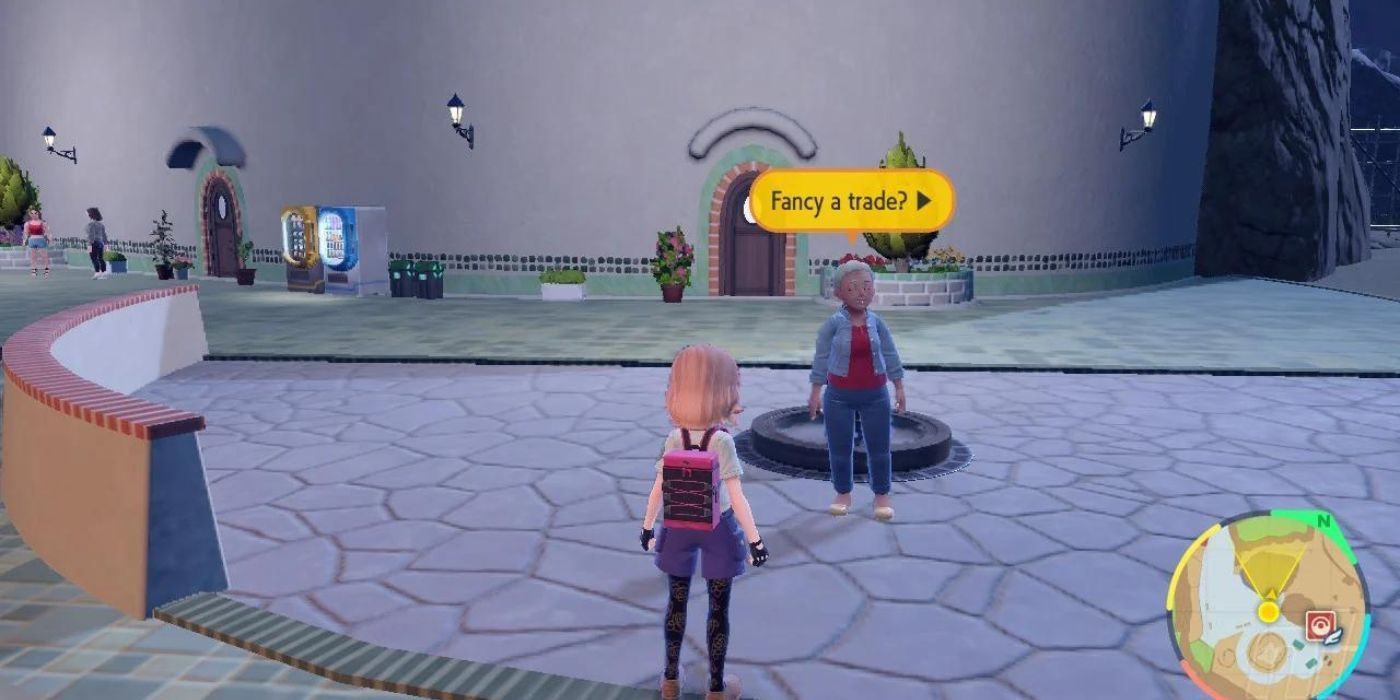
The city of Zapapico is notable as the place where players receive the Auspicious or Malicious Armors, items necessary to evolve Charcadet. It has no Gym, but it's still a must-see location for players traveling across Paldea.
Zapapico lies atop a series of tall cliffs that recall the Spanish city of Cuenca. Located in the mountains of east-central Spain, Cuenca was built by the Moors as a strategic defense during medieval times. Similarly, Zapapico has several walls, within and without, that recall Cuenca's original purpose in the real world.
Medali
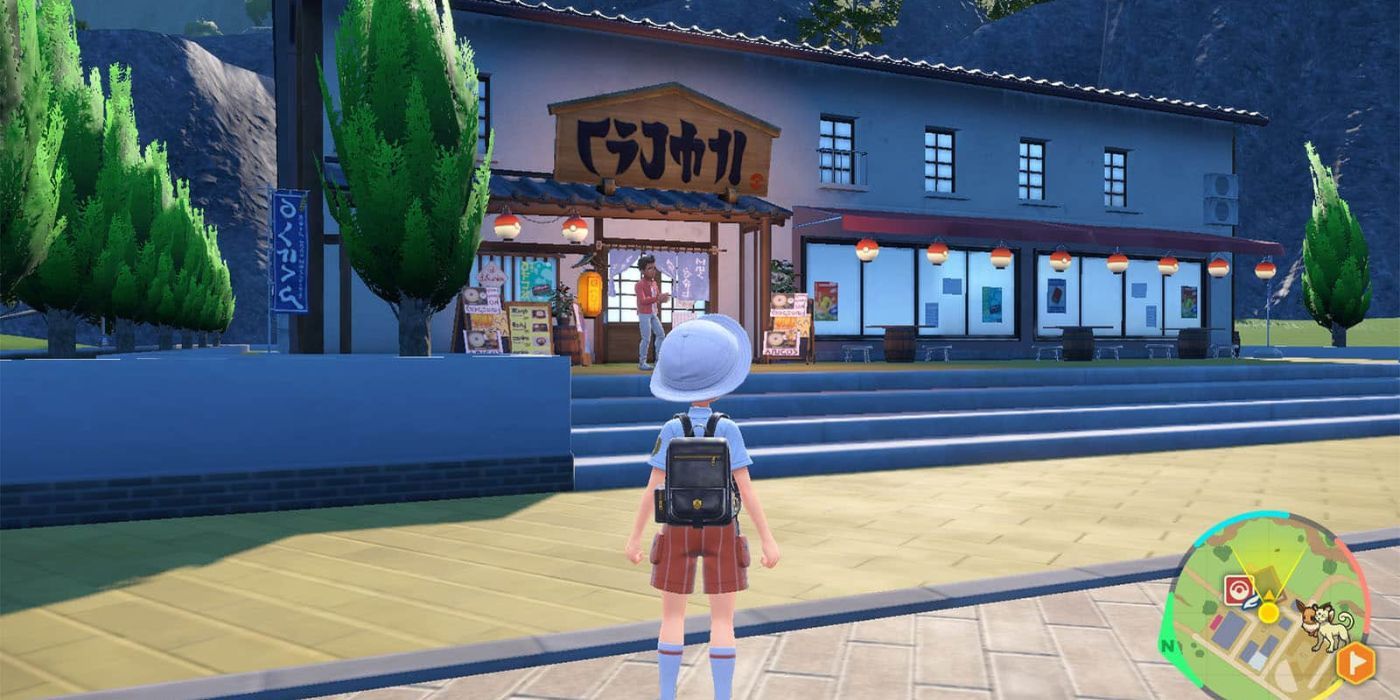
The ancient city of Medali lies on the western part of Paldea, past Porto Marinada and the Asado Desert. Medali is home to the Normal-type Gym, meaning it's a mandatory location for every player. Medali has a historic air and a massive amphitheater that recalls one located in the Spanish city of Mérida.
Although Medali is not a replica of Mérida, the amphitheater's presence should be enough to confirm the connection between the two. However, Medali also seems to draw inspiration from the city of León; it's not uncommon for the franchise to borrow elements from different real-life inspirations, which seems to be the case with Medali.
Artazon
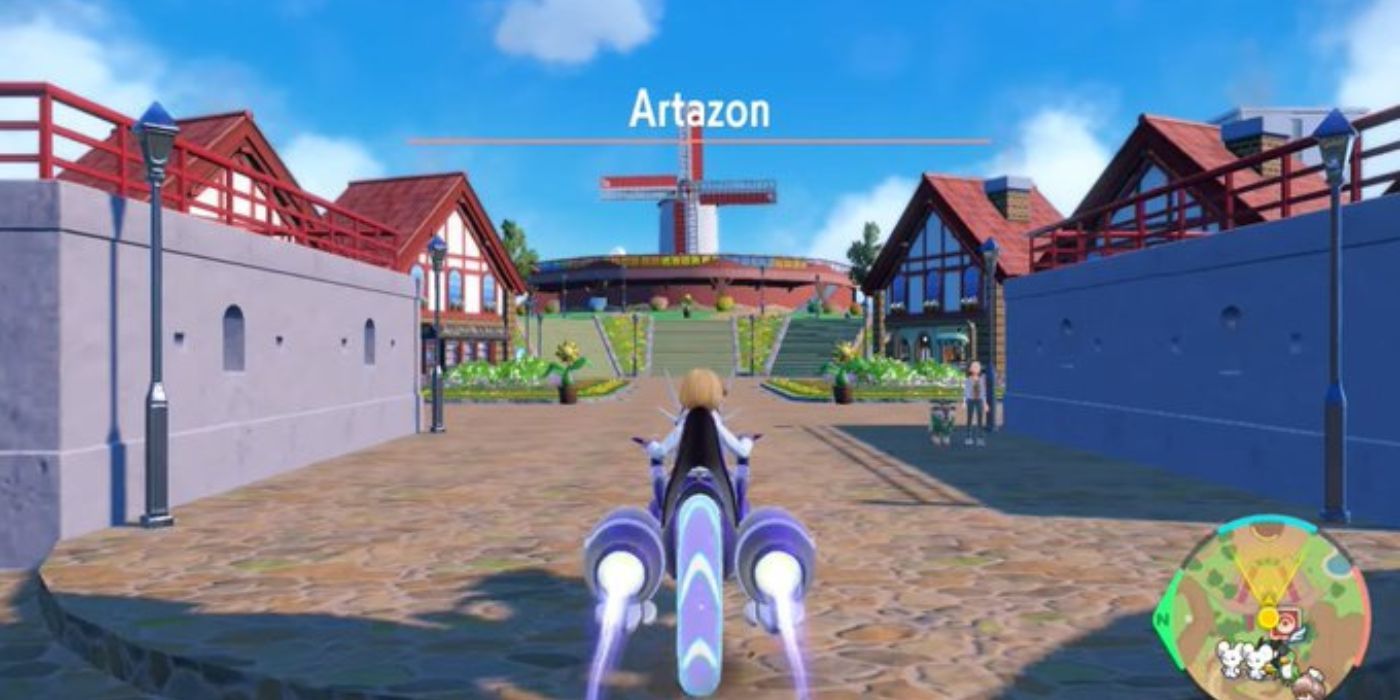
Home to the Grass-type Gym, Artazon is known across Paldea as a city with close ties to horticultural elements. The city has a large hedge maze, and Spanish players should have no trouble connecting it to the maze found in the naval city of Cartagena.
Located in south-eastern Iberia, Cartagena also has strong ties with the Spanish Navy and the country's horticulture. The Grass-type is one of the most famous in Pokémon, and most regions have a city with a strong connection to it. Artazon fulfills that role in Paldea while also serving as a center for art. Similarly, Cartagena is also famous for its art nouveau structures.
Levincia
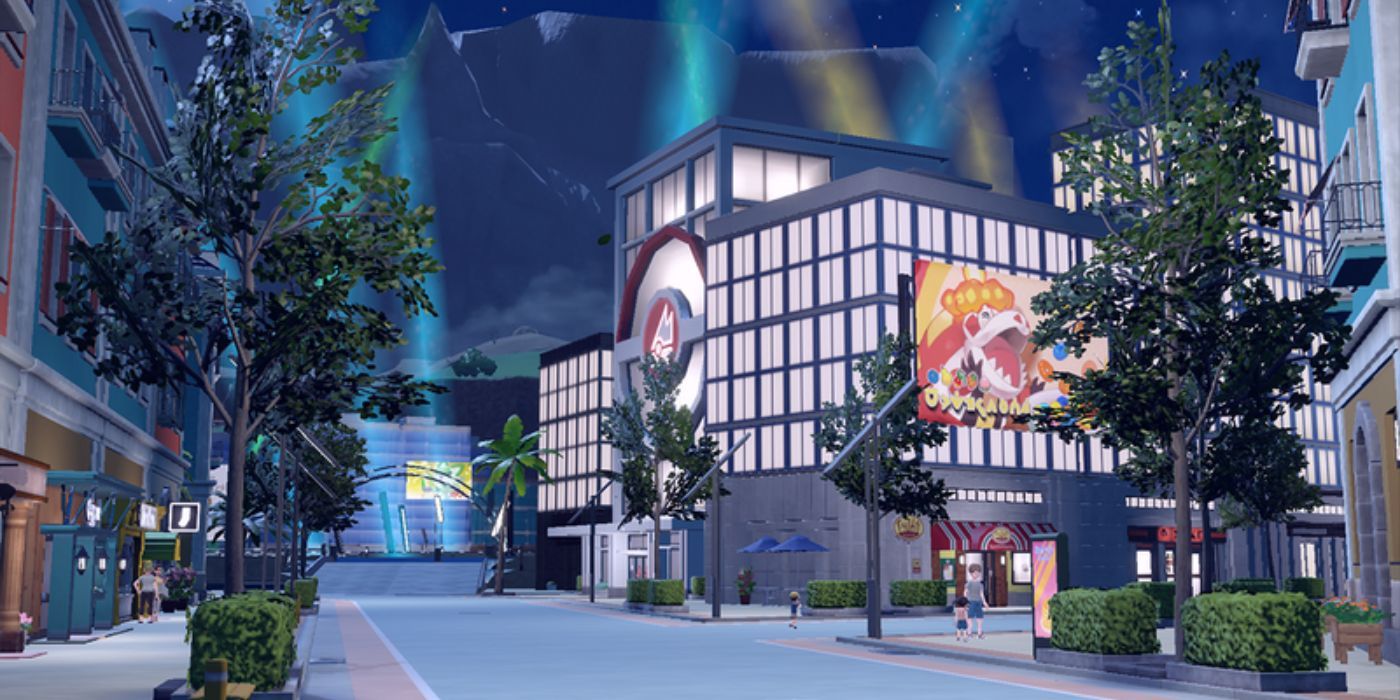
Located southeast in Paldea, Levincia is home to the Electric-type Gym. It's a futuristic-looking city with flashing lights on full display at night. Levincia has several clothing shops and other places of interest, although most players might only be interested in the Gym.
Eagle-eyed fans will notice Levincia is almost an anagram of one of Spain's most famous cities: Valencia. Like Levincia, Valencia has a complex of futuristic buildings, the City of Arts and Sciences. Levincia also has several skyscrapers that resemble the Cuatro Torres in Madrid, cementing its place as Paldea's most modern city.
Alfornada
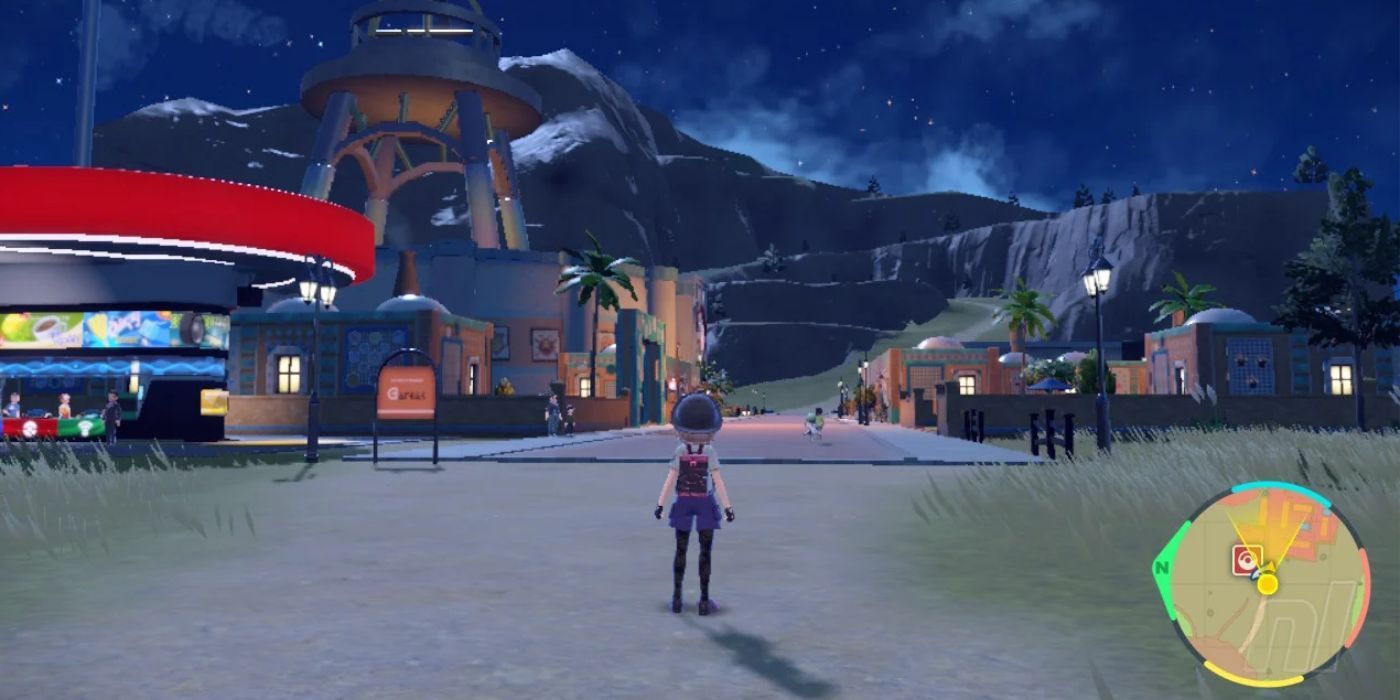
Alfornada is a city located in the southwestern portion of Paldea. One of the last cities players will likely visit, as it houses the toughest Gym in the region, led by Tulip, the Psychic-type specialist. Alfornada is small but proud; it may not have much to do, but it is visually striking.
Although most other cities seem to draw heavily from Spain, Alfornada's inspiration comes from Portugal, particularly the city of Sagres. Like its real-life inspiration, Alfornada's architecture is distinct, influenced by the Moorish conquest of Iberia in medieval times. Alfornada's buildings resemble mosques, and its proximity to the desert recalls the Moorish influence.
Glaseado Mountain
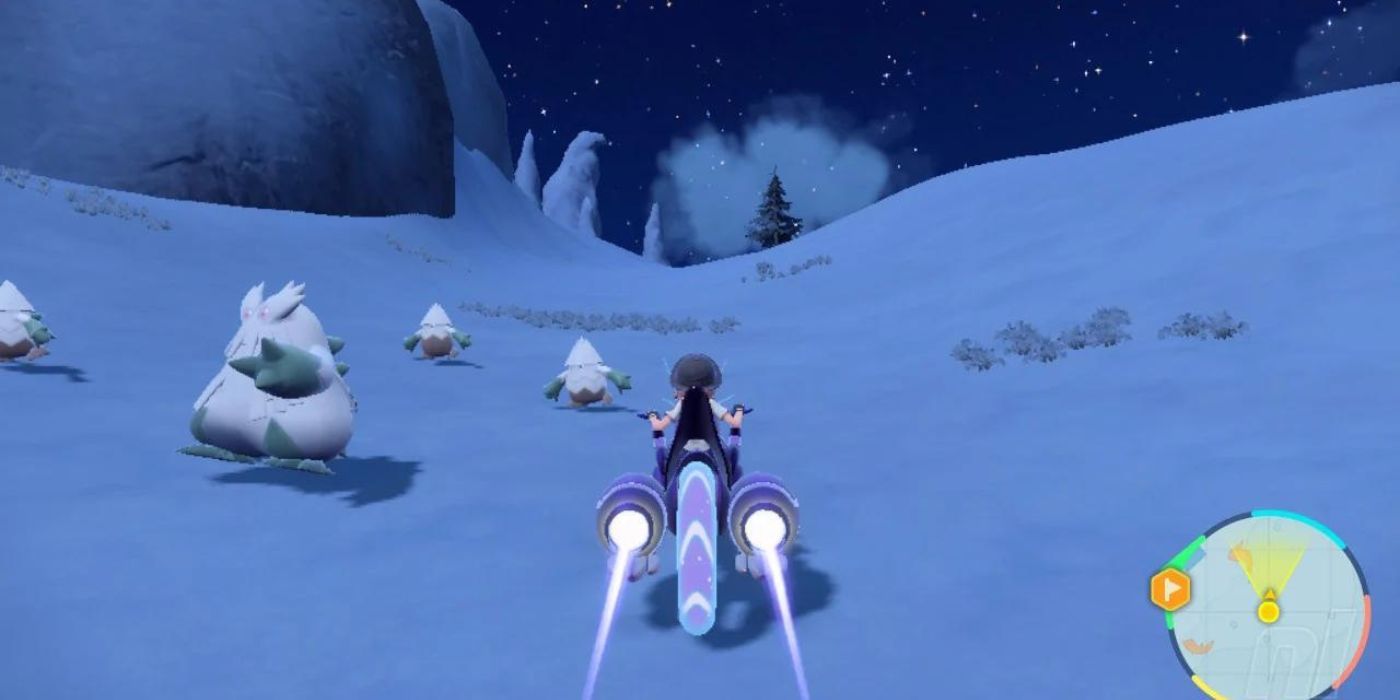
Ice-types are contentious among the franchise. Dual-type Ice Pokémon can be great, surpassing their natural weaknesses if paired with the right type. However, most players shun them because they are accessible late in most games when players arrive at the obligatory ice mountain. In Pokémon Scarlet & Violet's case, such location is Glaseado Mountain.
Its real-life counterpart is Mount Aneto, the highest in the Pyrenees, located in the northernmost part of Spain. Both Glaseado Mountain and Mount Aneto have snow-covered peaks and share similar locations within their respective regions.
Cortondo
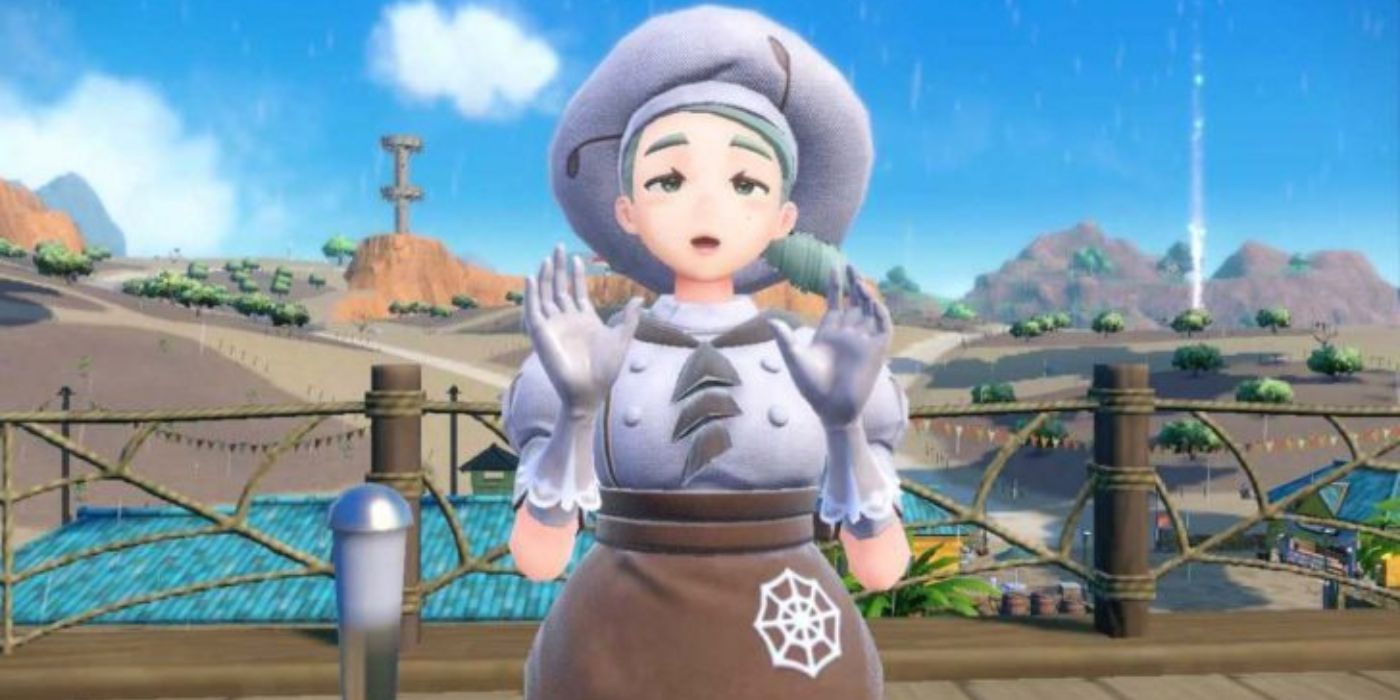
Cortondo will be the second city most players visit, as it houses the easiest Gym in Paldea. Cortondo is a small and dry city, seemingly in the middle of nowhere, surrounded by fields of dry grass. However, it is famous in Paldea for its olive production.
It's easy to see Cortondo is based in the Spanish city of Córdoba. Like its Pokémon counterpart, Córdoba is world-famous for its olive oil production. Córdoba also houses four World Heritage Sites, more than any other place in the world. Surprisingly, Pokémon didn't include a reference to the Mezquita de Córdoba in Cortondo, although it has always shied away from religious references.
Source:gamerant.com
